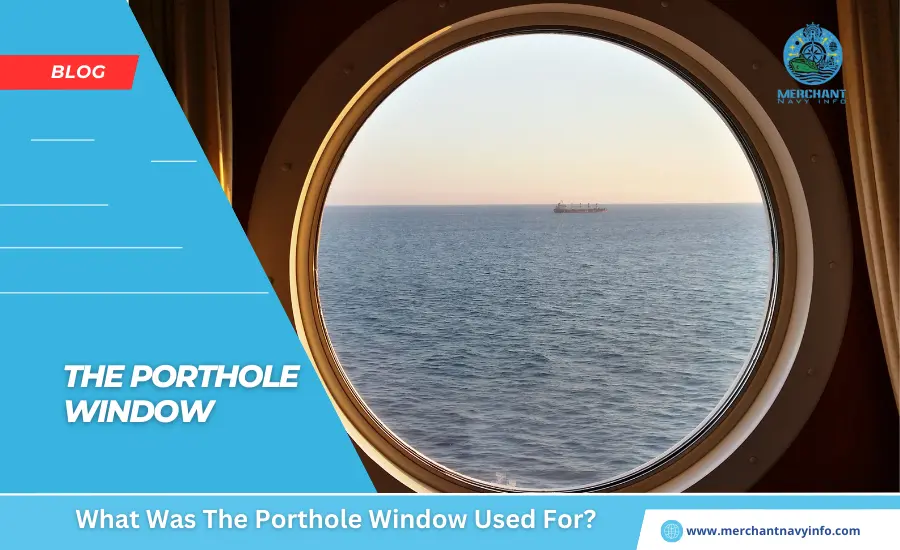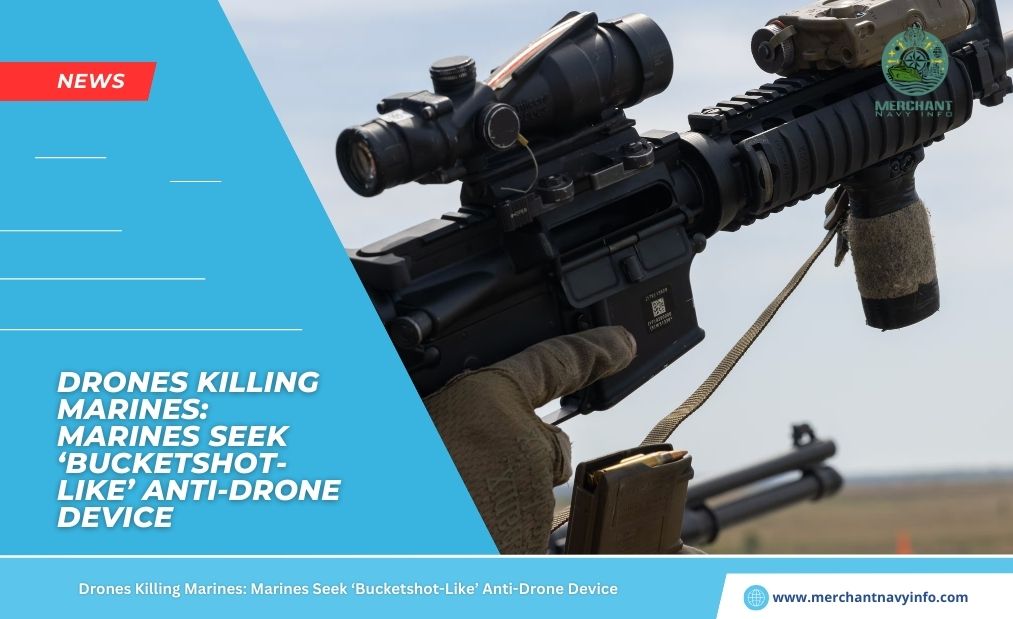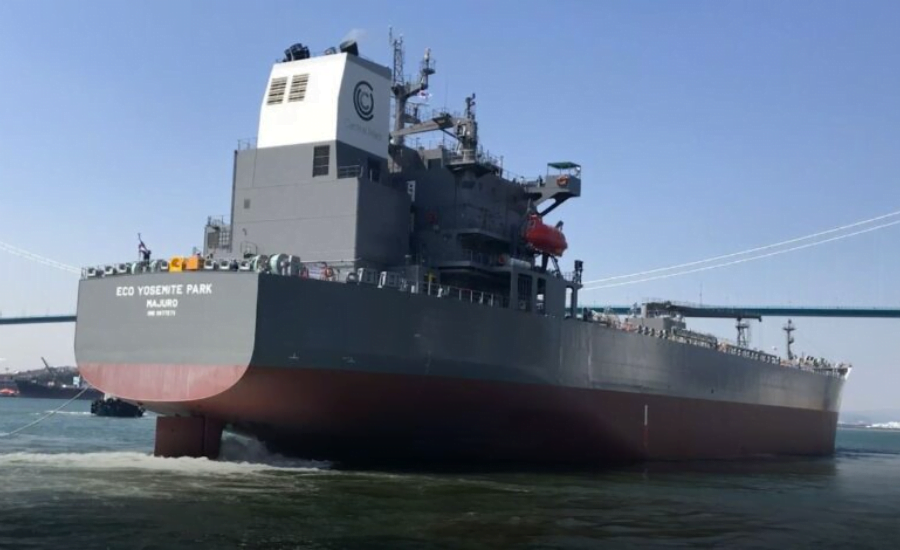
Porthole windows, also known as ports, are little, circular windows regularly found on the sides of ships. Serving different fundamental capacities. Essentially, they permit characteristic light and new discussion to saturate the inside spaces of vessels. Which are pivotal for zones such as cabins, team quarters, and below-deck compartments. Where counterfeit lighting and ventilation may be restricted. Moreover, windows give inhabitants a sense of the exterior environment, supporting route, situational mindfulness. And advertising a source of delight for travelers and teams alike.
With a wealthy, authentic noteworthiness, openings symbolize sea conventions and have been necessary to ships for centuries. When closed, they guarantee watertightness, contributing to the vessel’s astuteness by keeping up buoyancy and seaworthiness. Made from materials like brass or stainless steel. Windows frequently include pivoted covers or “deadlights” that can be opened or closed. Whereas bigger Porthole Window like “picture windows” or “viewports” may supplement or supplant conventional openings on cutting-edge ships. The last mentioned stay a common include, protecting both their memorable charm and down-to-earth usefulness.
Here are a Few Critical Purposes the Porthole Window is Used For
The Porthole Window, a little circular window ordinarily found on the sides of ships, served a few critical purposes:
Lighting
Openings permitted characteristic light to enter the inside spaces of the transport. Especially underneath the deck, where fake lighting can be constrained or inaccessible. This light made a difference tenants explored inside zones and performed assignments amid sunshine hours. Without depending exclusively on manufactured light sources.
Ventilation
Windows imply new discussion to enter the ship’s insides, making a difference in circulating discussion. And also moving forward ventilation, particularly in restricted spaces such as cabins, group quarters, and also below-deck compartments. Appropriate ventilation was vital for keeping up with quality, diminishing mugginess, and avoiding the buildup of odours and stale discussion.
Perceivability
Windows advertised tenants’ sees of the exterior environment, counting the ocean, other vessels, and coastal scenes. This perceivability was important for the route. Permitting team individuals to screen conditions exterior of the transport and stay mindful of potential risks or also navigational points of interest.
Authentic Importance
Openings have a wealthy history and are symbolic of sea convention and marine culture. They have been necessary to ships for centuries, symbolizing the sentiment and enterprise related to life at the ocean. Whereas advanced ships may consolidate bigger windows or also viewports. Conventional openings remain a common include, protecting their notable appeal and also useful noteworthiness.
By and large, openings played an imperative part in enhancing the consolation. Security, and usefulness of ships by giving light, ventilation, and perceivability to tenants, moreover contributing to the vessel’s stylish request and verifiable personality.
Understanding Porthole Window
Dispatch windows, regularly alluded to essentially as “ports,” are little, circular windows that are an unmistakable highlight of ships, especially those of oceanic convention. These openings are ordinarily found along the sides of vessels, in spite of the fact that they may moreover be arranged on the bow or strict. Openings have served different down-to-earth, tasteful, and authentic purposes all through the advancement of oceanic plans.
1. Authentic Importance
Openings have a wealthy history dating back centuries. They were at first created for viable reasons on board cruising ships. These vessels required openings within the body to encourage ventilation and also give common light to the inside spaces, especially underneath the deck, where depending exclusively on artificial light and discussion might be unreasonable or outlandish. Over time, the window became significant in marine culture and convention, speaking to the sentiment and enterprise related to life in the ocean.
2. Usefulness
One of the essential capacities of transport openings is to permit light. And also fresh discuss to enter the insides compartments of the vessel. This can be particularly imperative in zones like cabins, group quarters, and motor rooms where tenants spend expanded periods. By allowing characteristic light and ventilation, windows contribute to the consolation and well-being of those on board.
3. Ventilation and Discuss Circulation
Legitimate ventilation is fundamental on ships to preserve quality and avoid the buildup of odours, stickiness, and possibly hurtful gasses. Windows implies that new discussions can enter and circulate inside the dispatch. Making a difference in moderating these issues and making a more advantageous environment for travelers and teams.
4. Perceivability and Perception
Windows offers tenants the opportunity to watch the encompassing environment, counting the ocean, other vessels, and coastal scenes. This perceivability is profitable for navigation, permitting group individuals to screen conditions exterior of the transport. And also stay mindful of potential risks or navigational points of interest.
5. Basic Judgment
When closed, windows are planned to be watertight, making a difference to preserve the auxiliary judgment of the ship’s body. Usually especially important during severe climates or within the occasion of harsh oceans. Because it prevents water from entering the inside spaces and compromising the vessel’s steadiness.
6. Stylish Request
Past their utilitarian part, windows contribute to the stylish request of a ship’s outside. They include visual intrigued and character to the vessel’s profile, bringing out a sense of marine convention and craftsmanship. Portholes come in different sizes and plans, extending from straightforward circular openings to more resplendent and embellishing styles.
7. Materials and Plan
Customarily, openings were built from materials such as brass, bronze, or press, which advertised strength and resistance to erosion within the marine environment. Present-day openings may consolidate materials like stainless steel or aluminum combinations for improved quality and life span. The plan of openings regularly incorporates highlights such as pivoted covers or “deadlights” that can be opened or closed to direct light and ventilation as required.
Development of Openings
The development of a porthole window includes a few key components and contemplations to guarantee functionality, durability, and watertightness. Whereas plans may shift depending on the particular necessities of the vessel and the preferences of the shipbuilder, the taking after are common features and steps included in the construction of openings:
1. Outline
The outline of a window gives an auxiliary bolster and serves as the system to which other components are joined. Customarily made of materials like brass, bronze, or press for their erosion resistance and solidness, cutting-edge outlines may moreover utilize stainless steel or aluminum combinations. The outline is ordinarily circular in shape, coordinating the distance across the window opening.
2. Glass or Transparent Material
The window parcel of the window is ordinarily made of glass or another straightforward fabric that permits light to enter the ship’s interior while giving perceivability to the exterior. The glass is as a rule thick and strengthened to resist the weights and impacts experienced at the ocean. In a few cases, advanced ships may utilize acrylic or polycarbonate materials for their lightweight properties and resistance to shattering.
3. Deadlight or Pivoted Cover
To secure the glass and keep up watertightness when the window isn’t in utilize a hinged cover or “deadlight” connected to the frame. This cover can be opened or closed as needed, allowing tenants to control light and ventilation. Deadlights are regularly prepared with pivots and latches that safely affix them in put to anticipate water entrance amid unpleasant oceans.
4. Gaskets and Seals
To ensure watertightness, windows are prepared with gaskets or seals that frame a tight seal between the outline and the deadlight when closed. These seals may be made of elastic or other adaptable materials that compress when the deadlight is closed, making a boundary against water interruption.
5. Fasteners and Equipment
Openings are secured to the ship’s frame utilizing latches such as jolts or screws, which pass through the outline and into the encompassing structure. Also, pivots, locks, and handles are joined into the plan to encourage the opening and closing of the deadlight and to guarantee its secure operation in different climate conditions.
6. Establishment
The establishment of openings regularly happens amid the development or retrofitting of the dispatch. The outlines are securely mounted to the body utilizing fitting latches, guaranteeing they are appropriately adjusted and sealed against the water entrance. The glass or straightforward fabric is then fitted into the outline, taken after by the establishment of the deadlight and related equipment.










